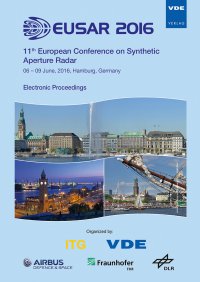TomoSAS in bathymetrically complex environments
Conference: EUSAR 2016 - 11th European Conference on Synthetic Aperture Radar
06/06/2016 - 06/09/2016 at Hamburg, Germany
Proceedings: EUSAR 2016
Pages: 4Language: englishTyp: PDF
Personal VDE Members are entitled to a 10% discount on this title
Authors:
Marston, Timothy (APL-UW, USA)
Kennedy, Jermaine (NSWC-PCD, USA)
Abstract:
In a synthetic aperture radar context, tomography describes the process of resolving the spatial distribution of scatterers in the vertical dimension as well as in the horizontal plane using data stacks collected at varying altitudes or ranges (i.e. “TomoSAR”). The positional accuracy requirements for tomographic processing represent a severe challenge for the analogous field of synthetic aperture sonar (SAS), in which sensors are mounted on autonomous underwater vehicles (AUV’s) that can be heavily influenced by currents and rely on dead-reckoning for navigation. Data-driven methods similar to redundant phase center (RPC) micronavigation may be used to accurately resolve the relative locations of the various scans comprising the aperture, however this type of processing is prone to biasing by topographic variation. In this paper, TomoSAS imagery generated using multi-scan data collected from AUV’s is compared for the cases in which bathymetry is neglected (i.e. a flat bottom is assumed), or explicitly formulated into the navigation refinement and multi-scan alignment process.


